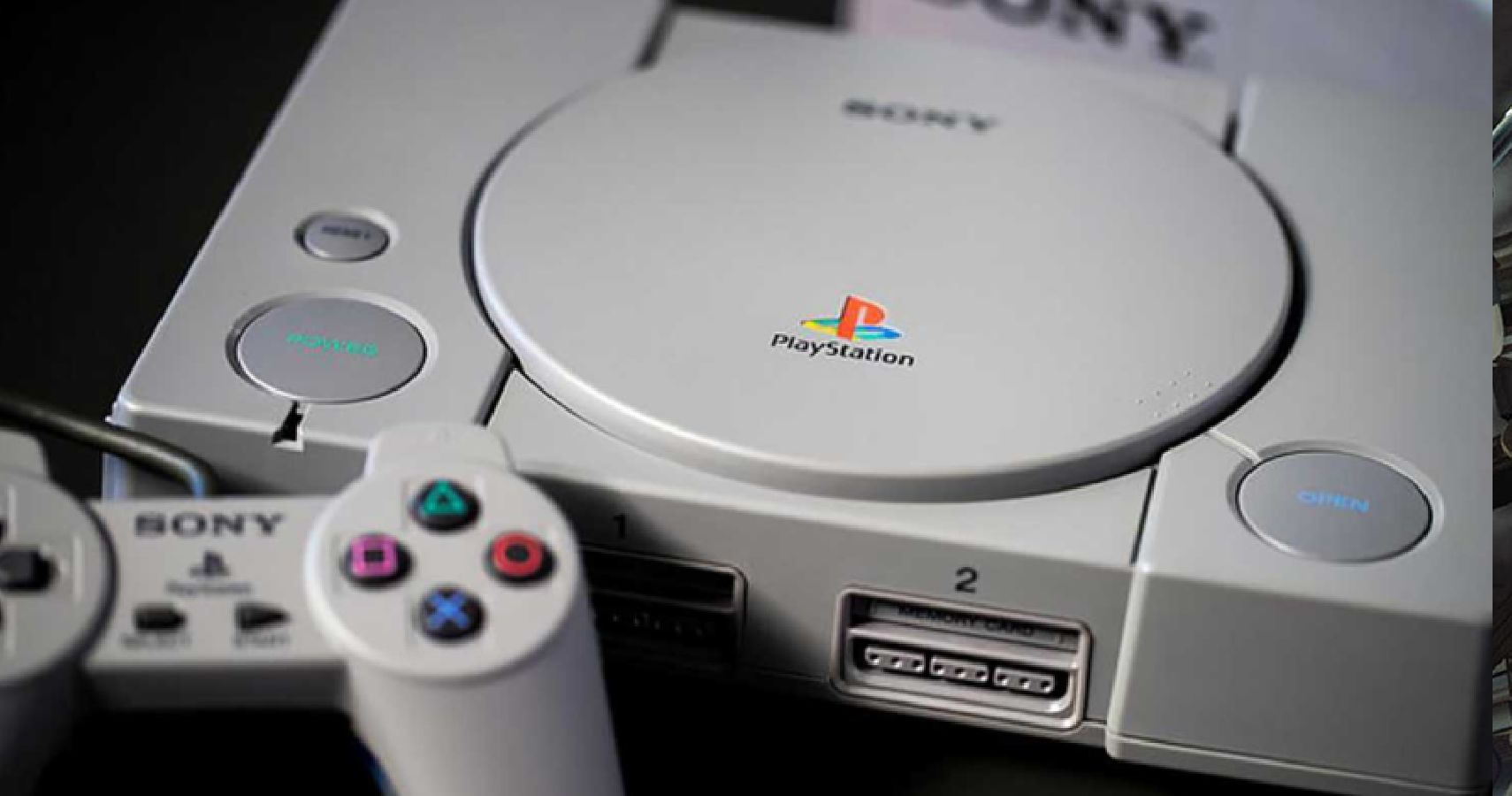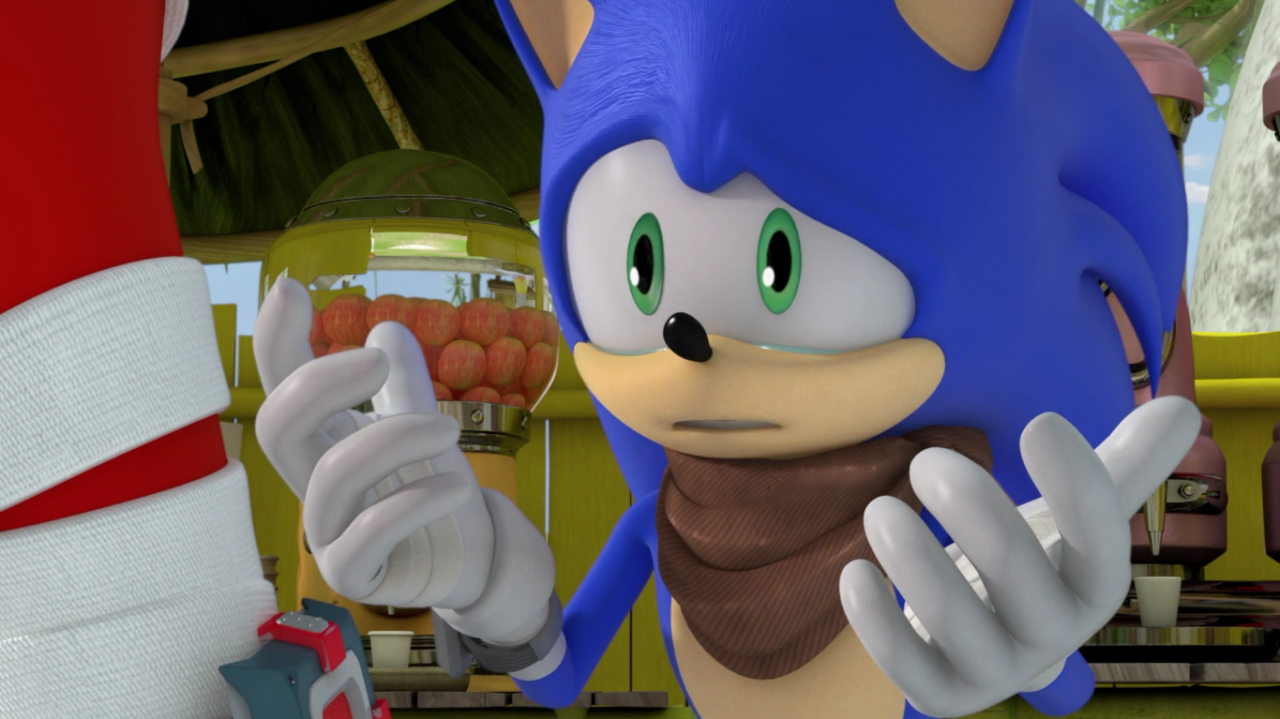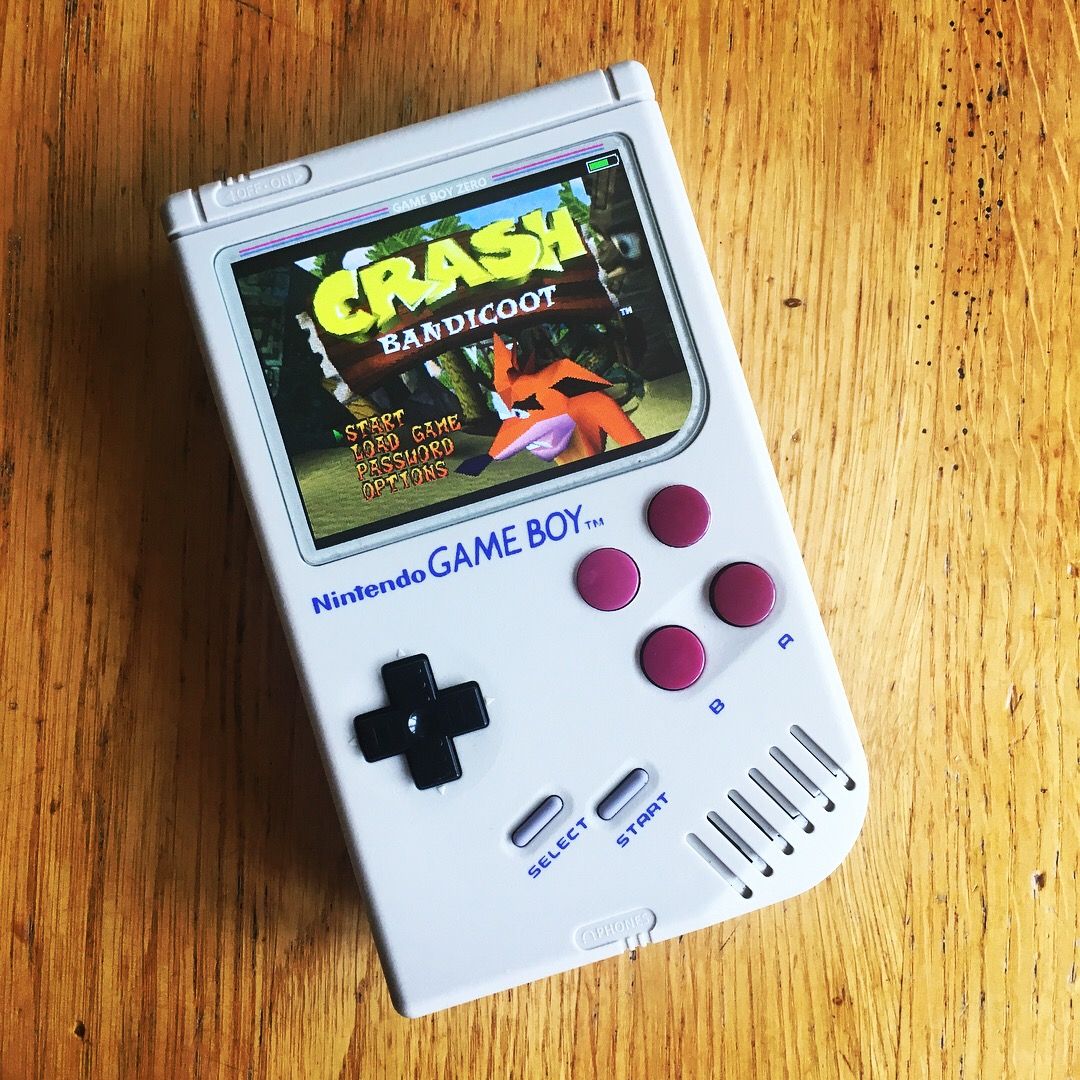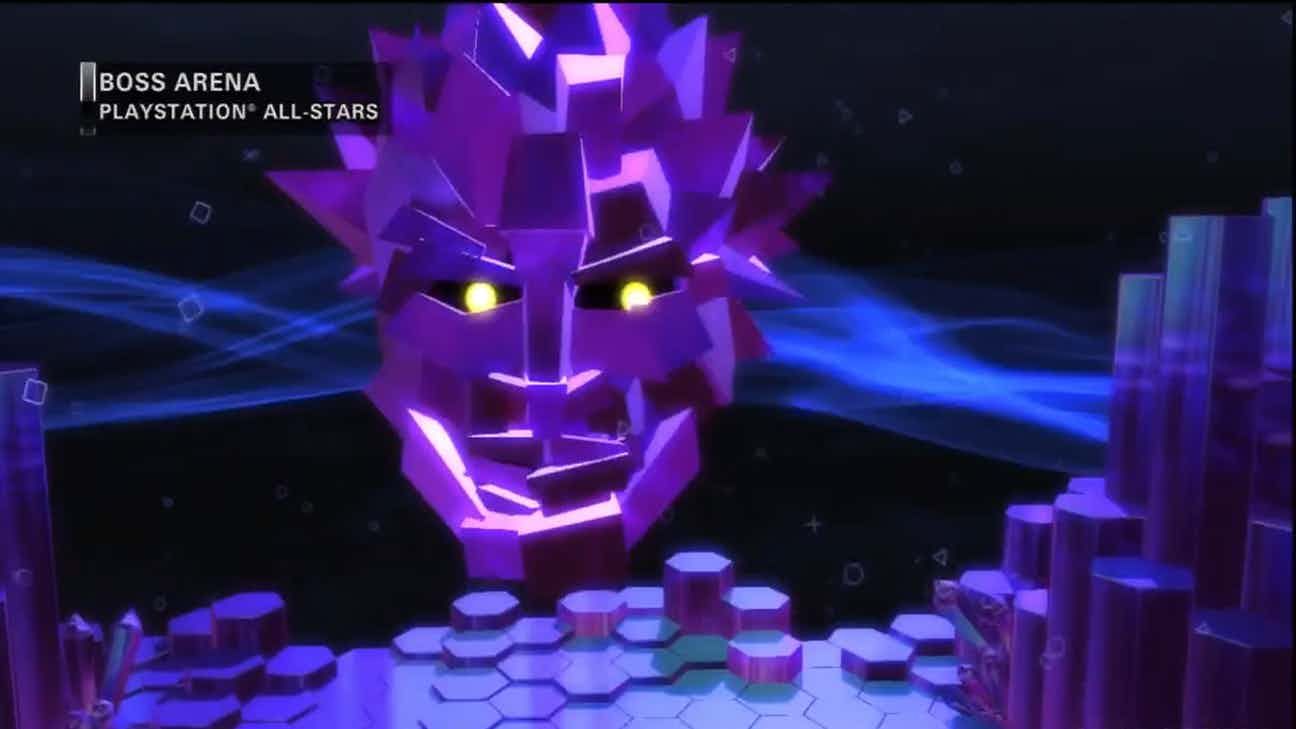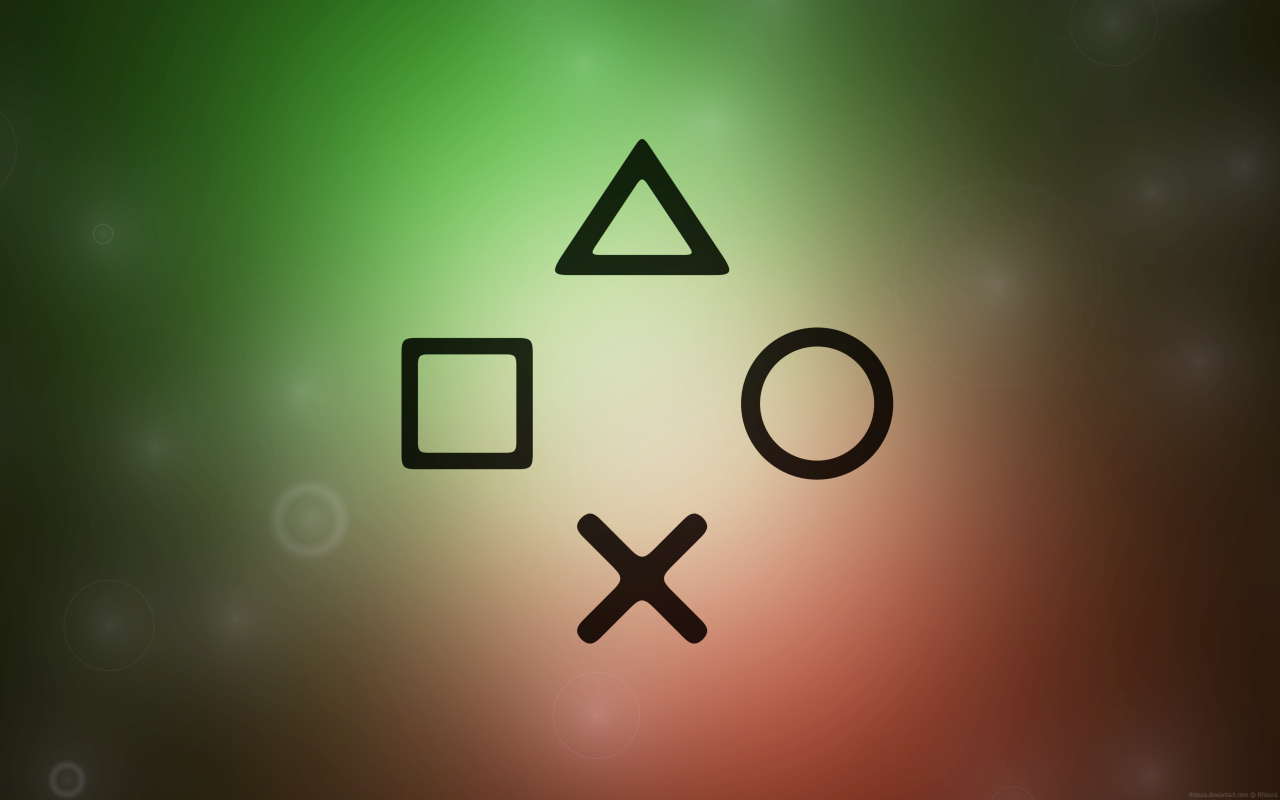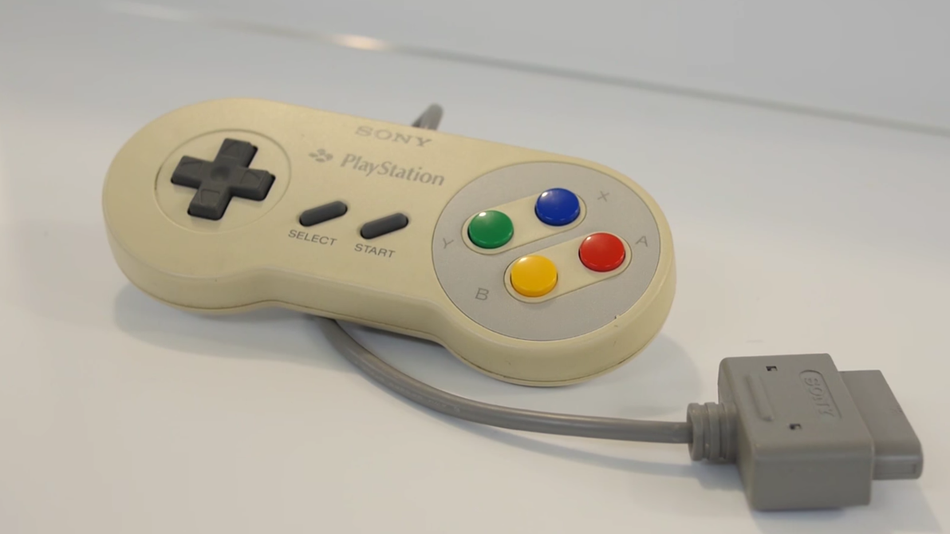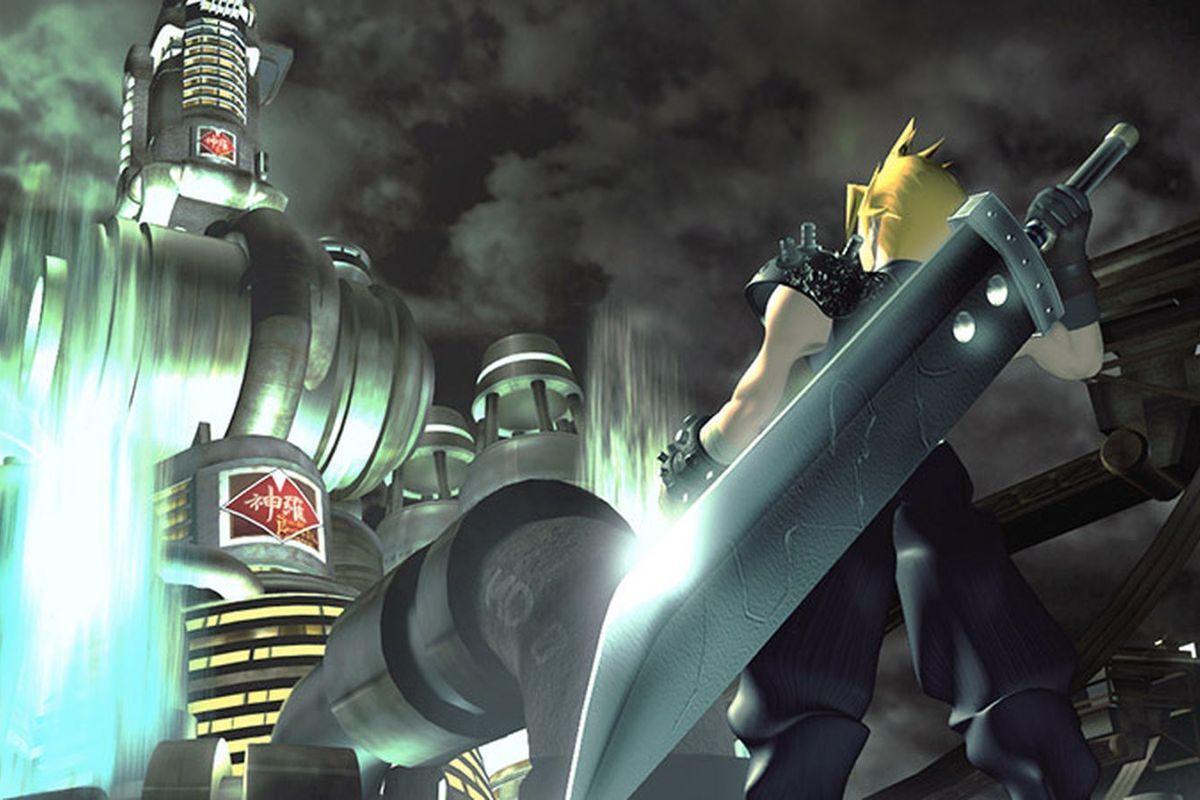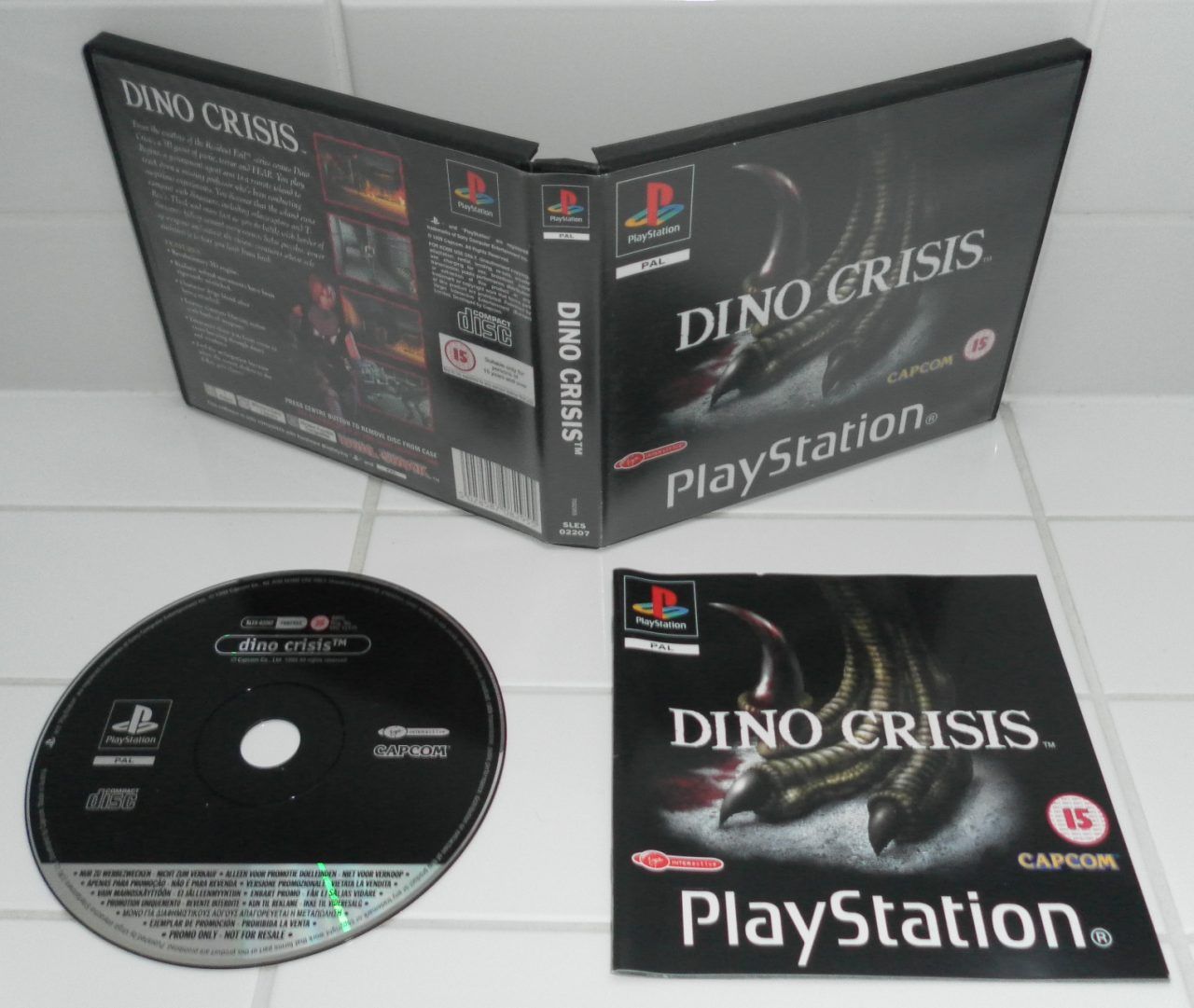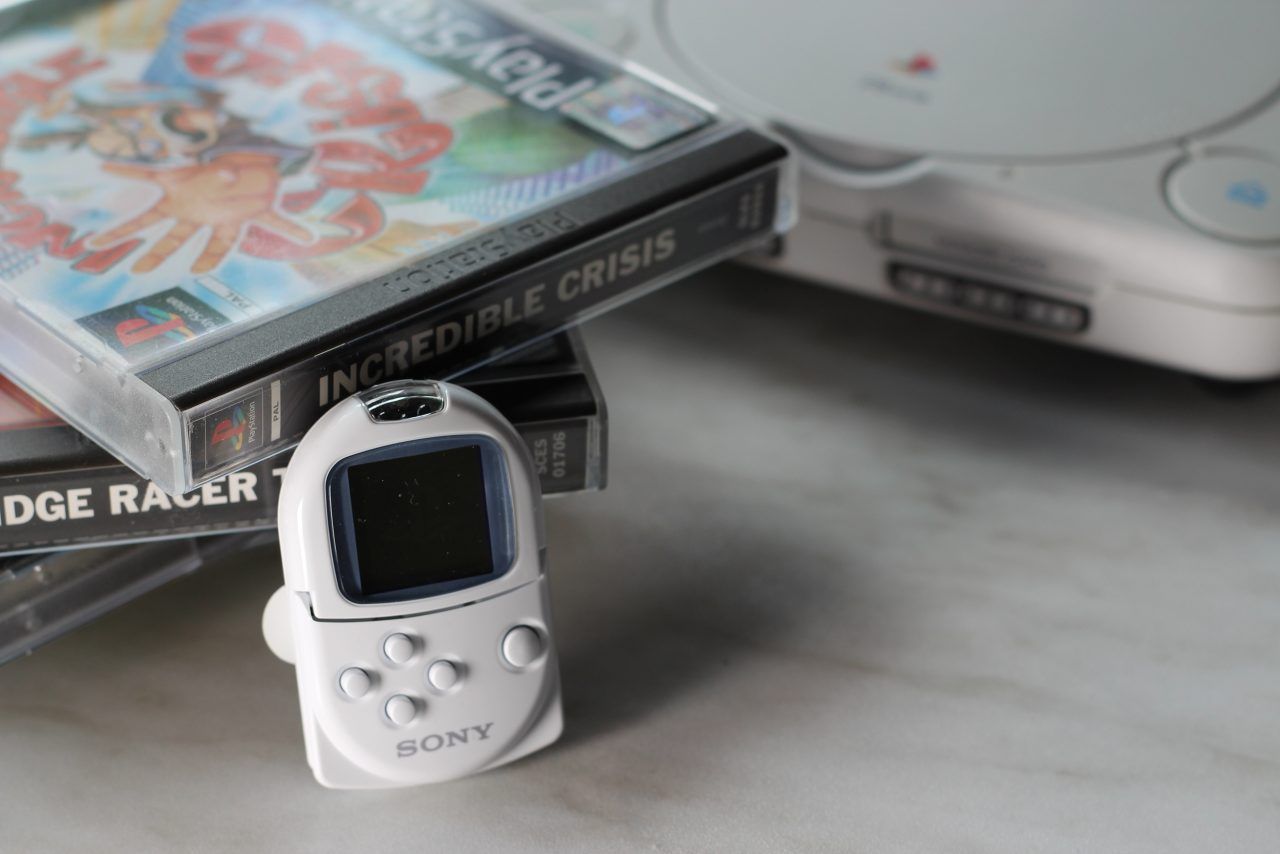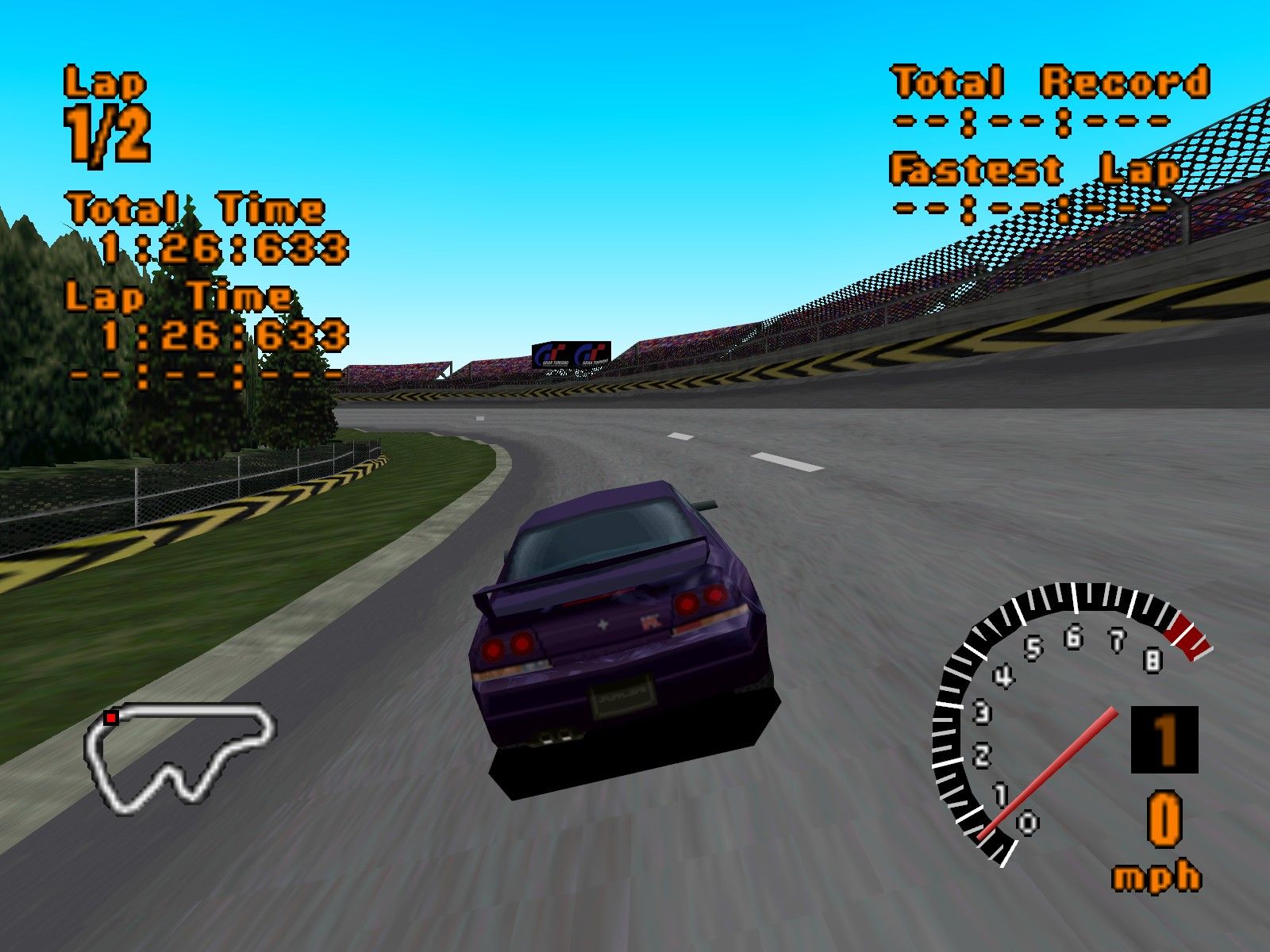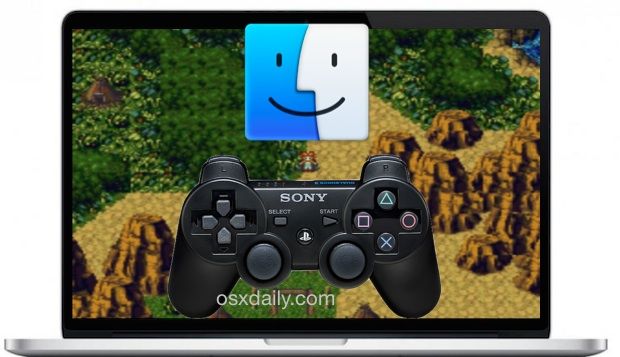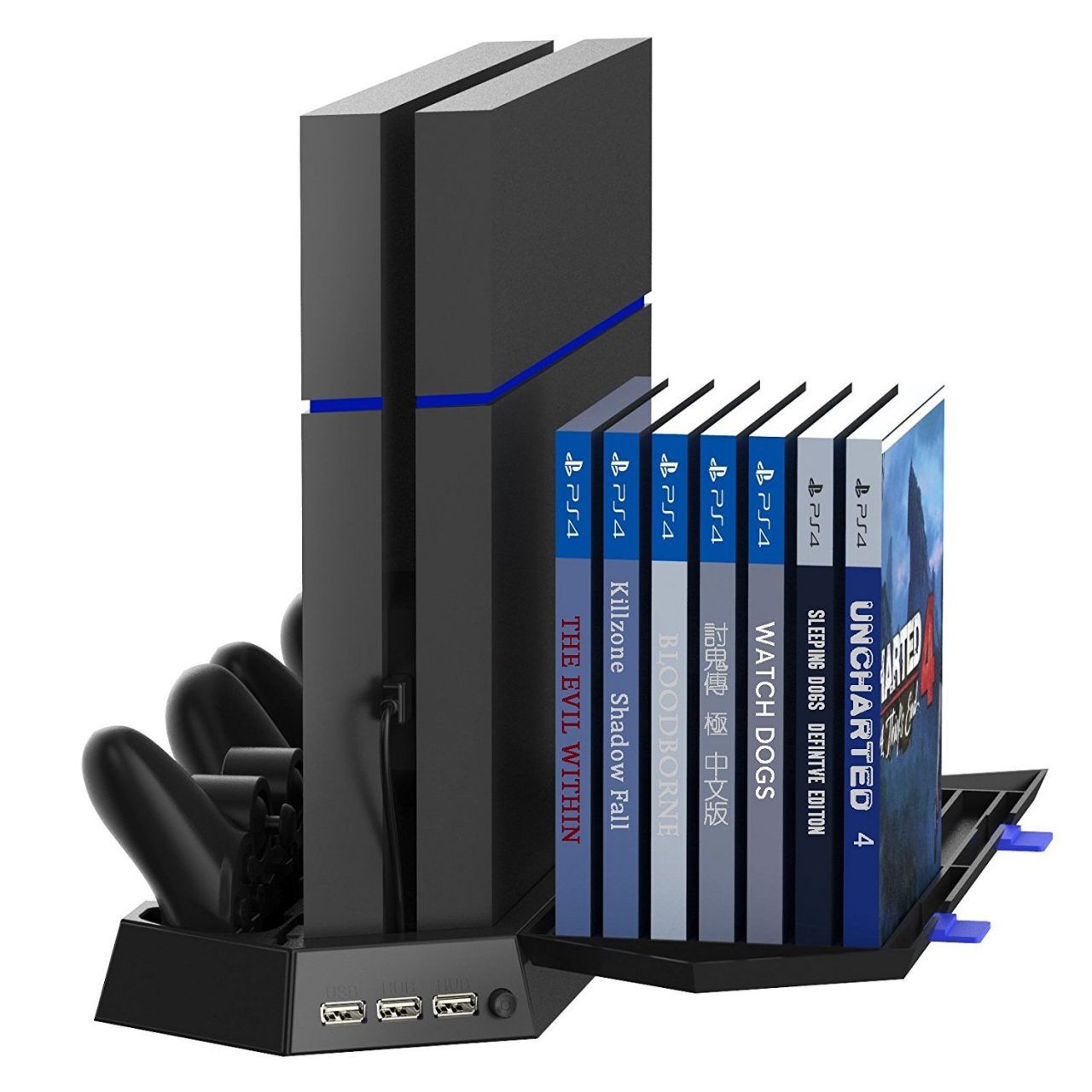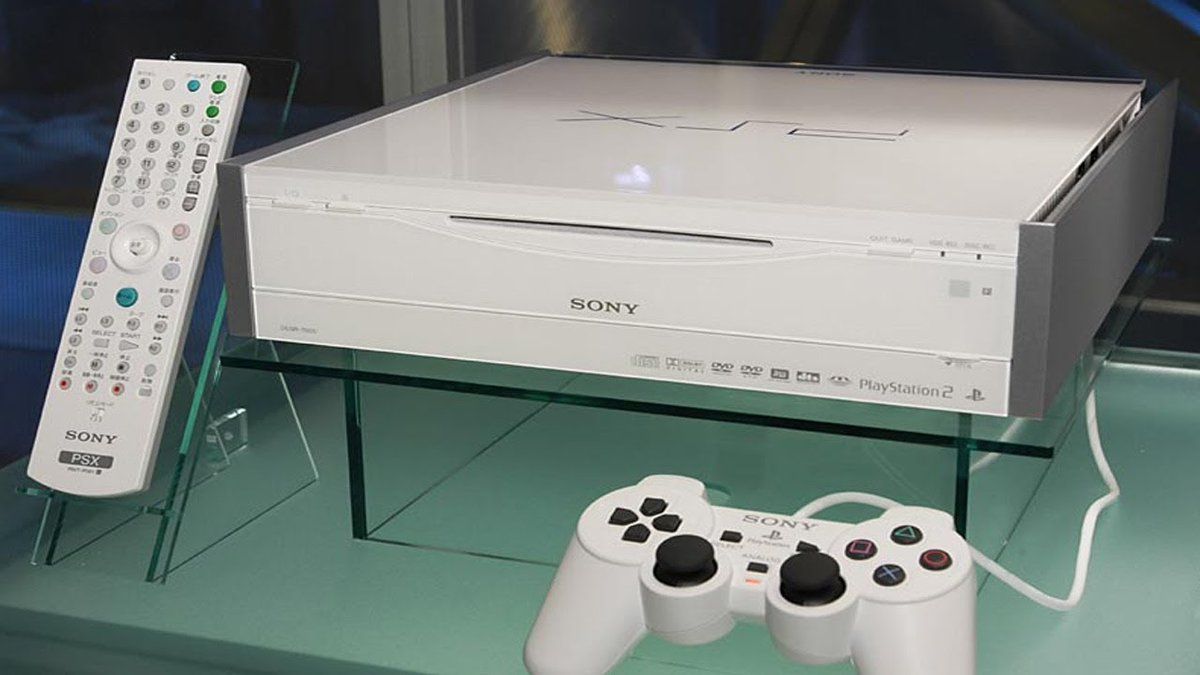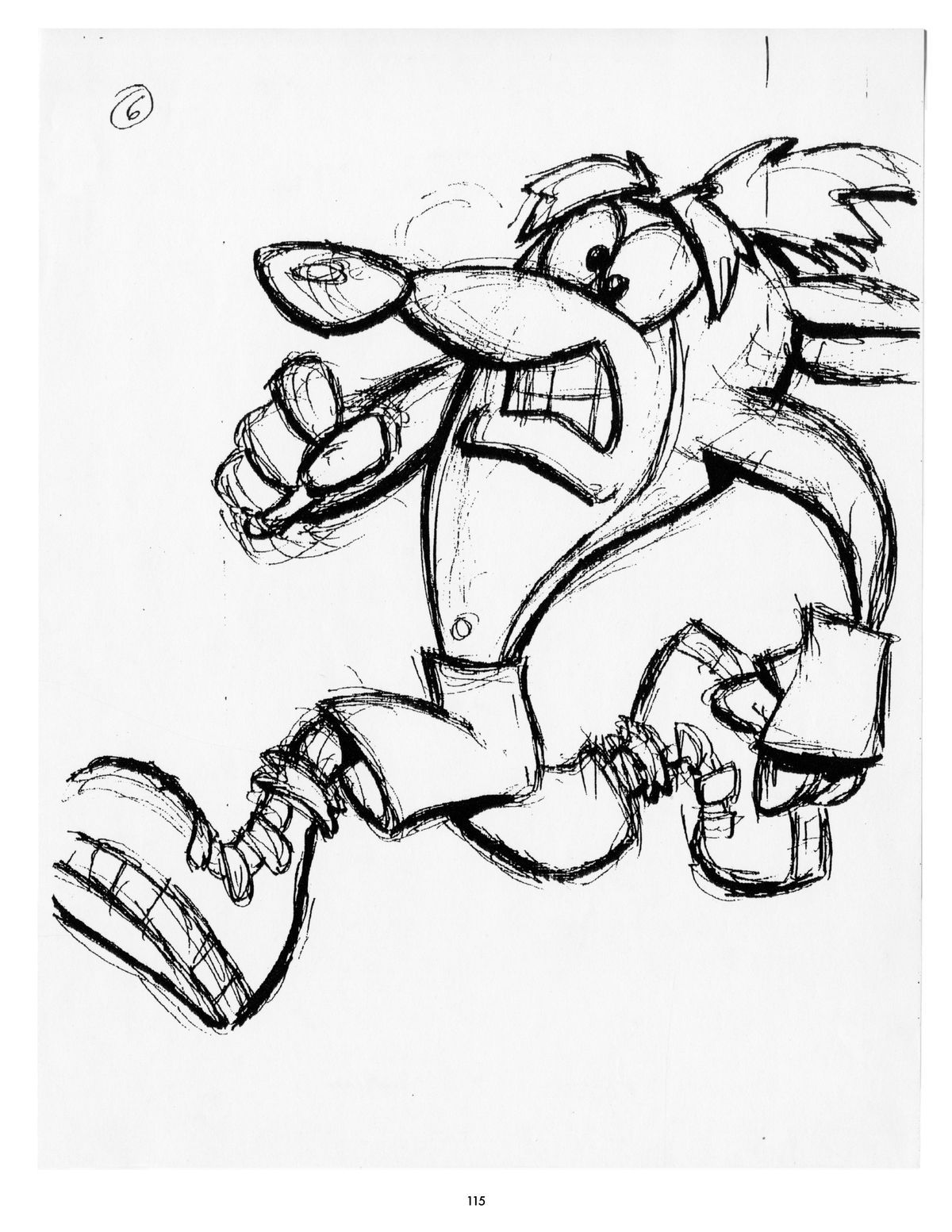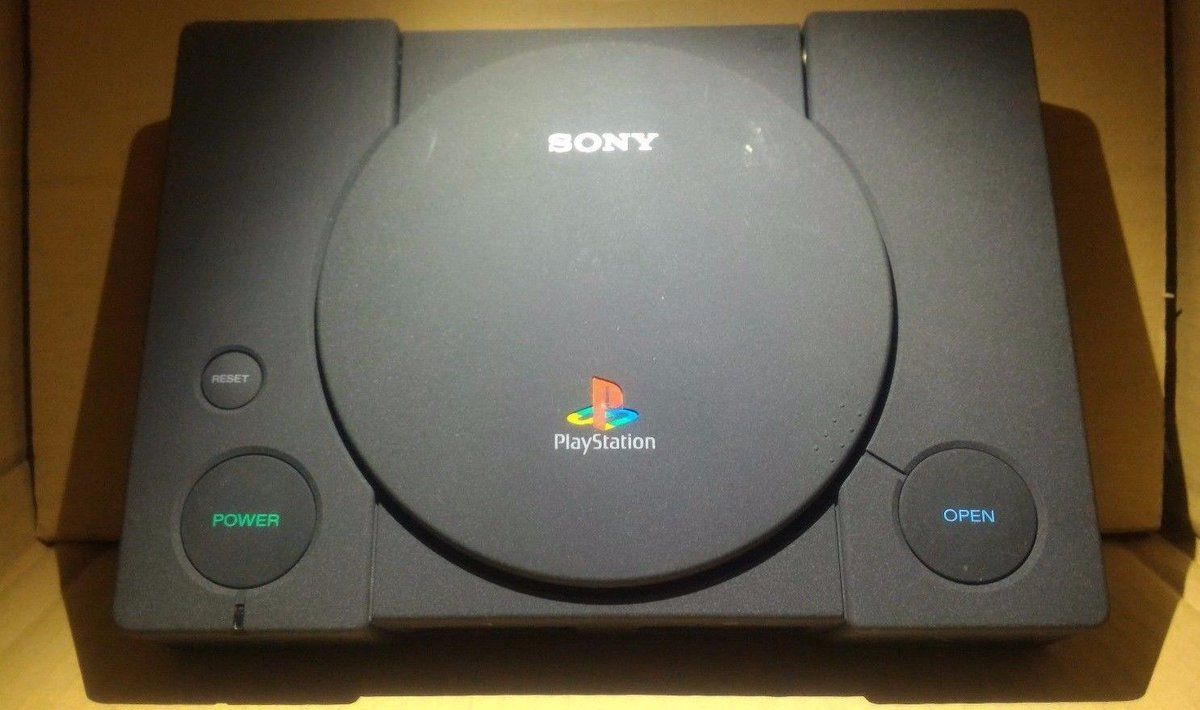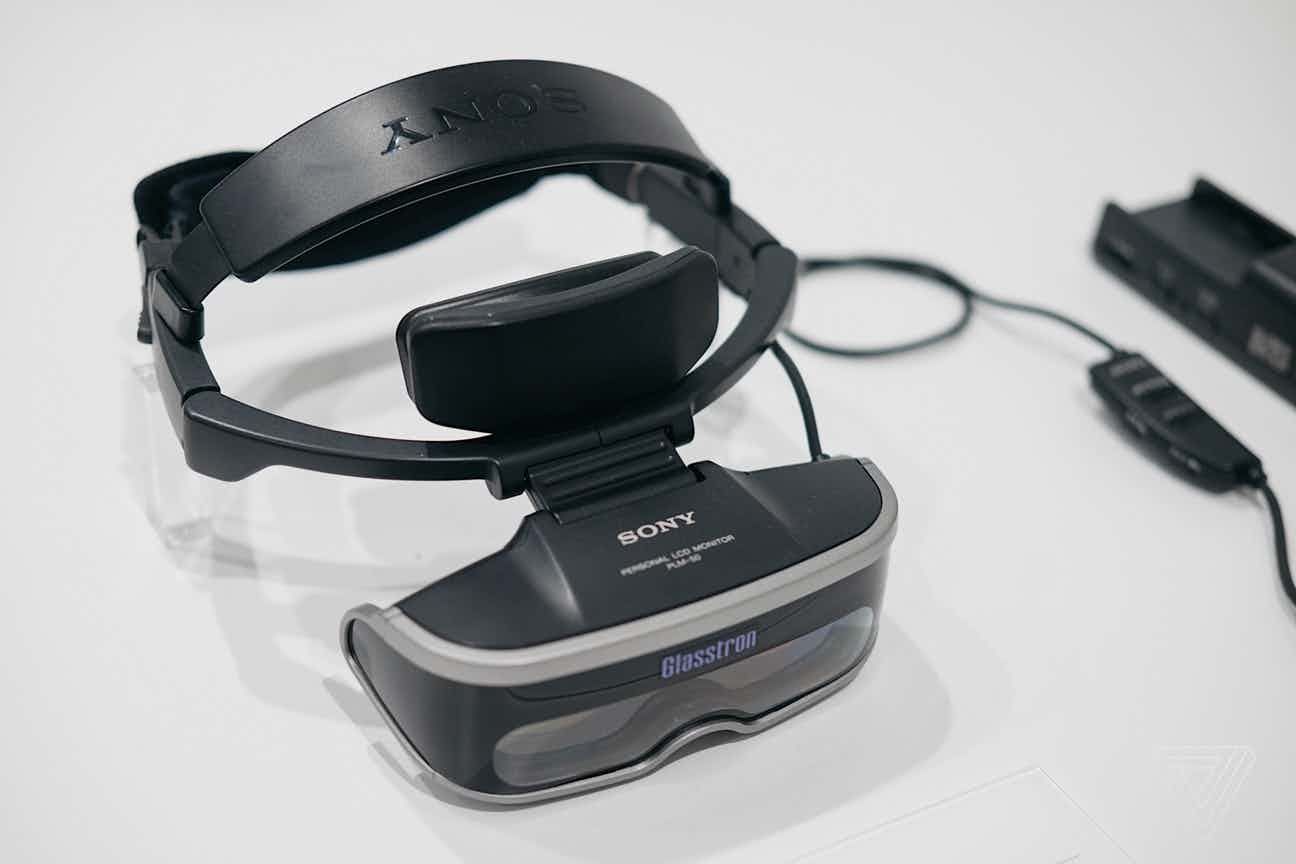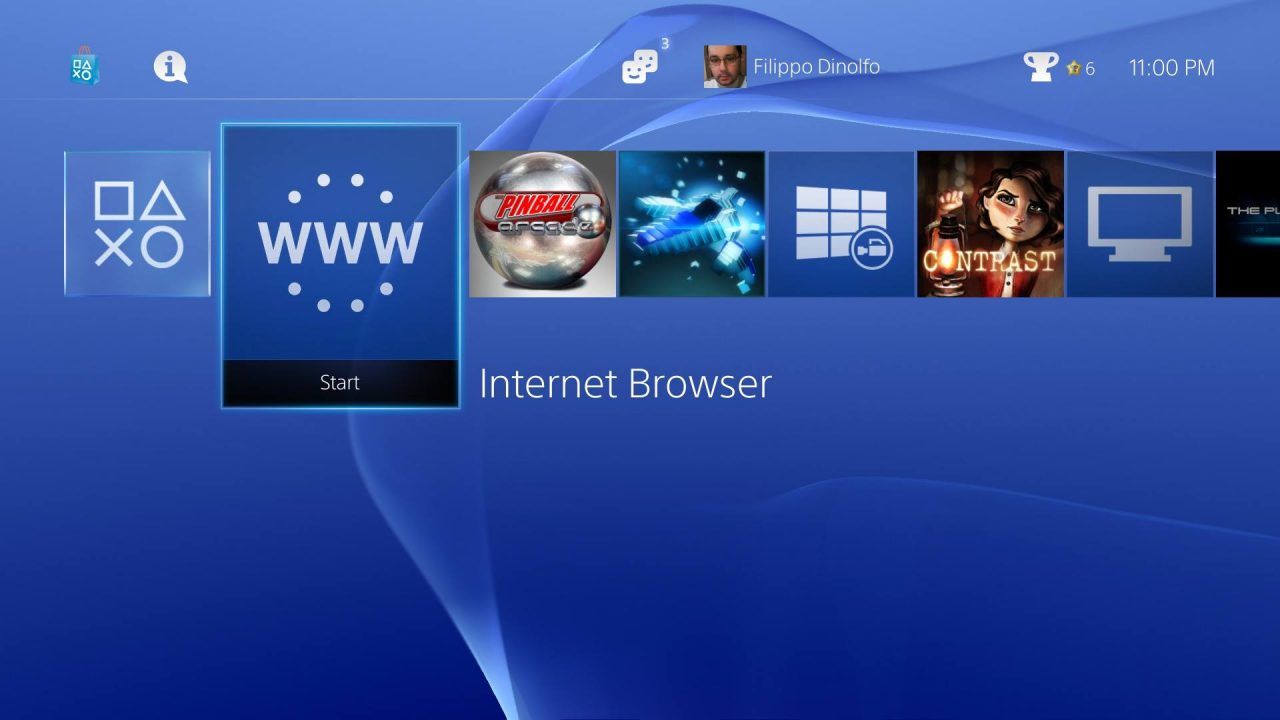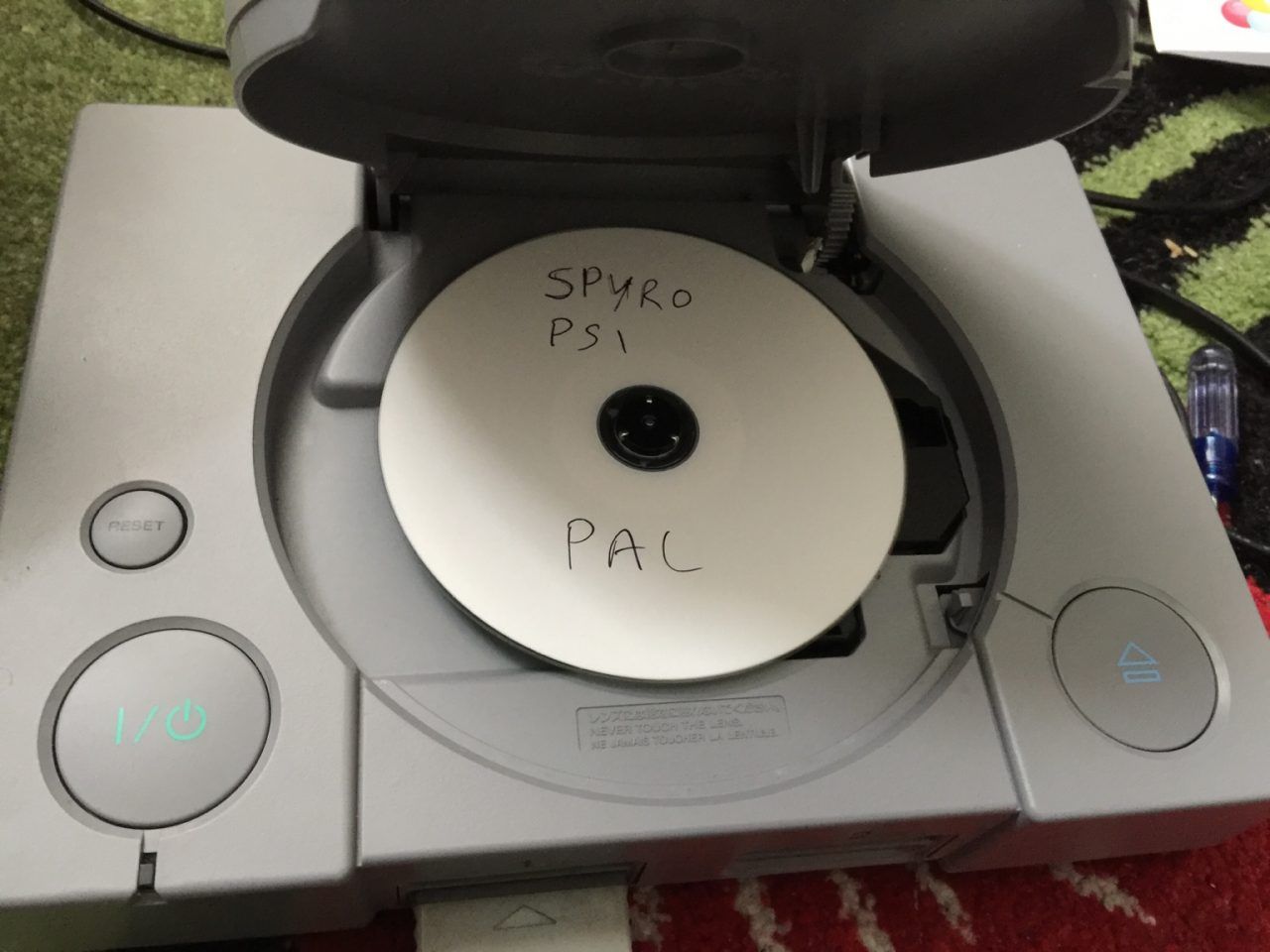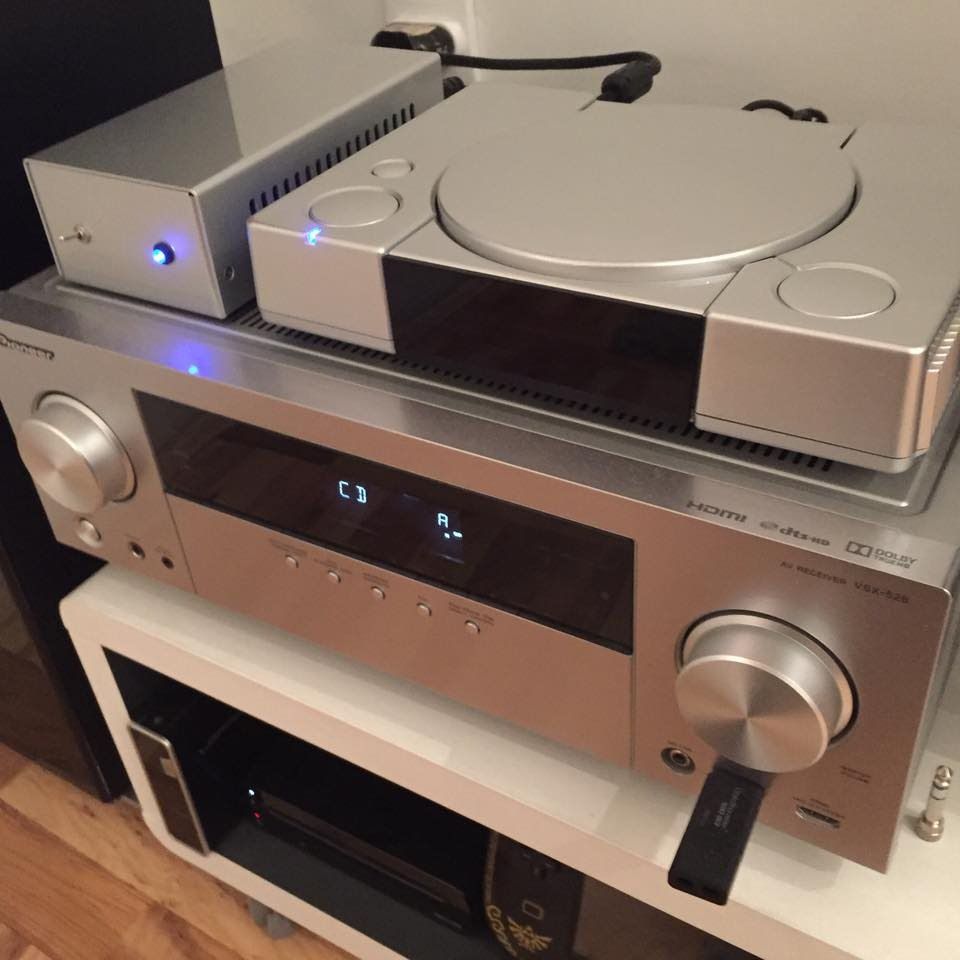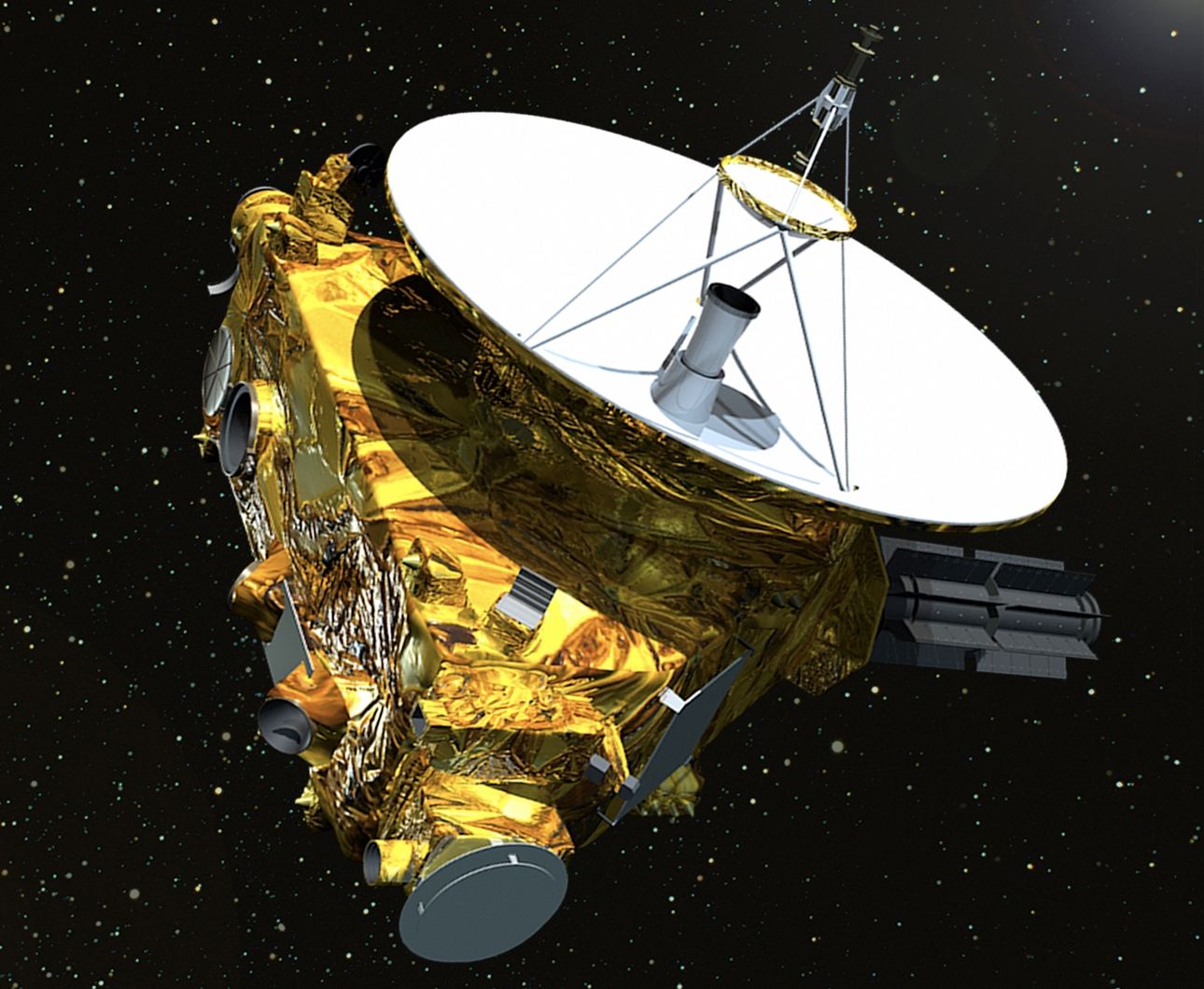Let us take a trip back to the mid-'90s, an era entertained by grunge music and cinematic wizardry caused by the technical wonder known as CGI. Reeling from the non-stop mayhem caused by the console wars, the gaming world prepared itself for another generation defined by Sega failing to match Nintendo's success — however, unbeknownst to the public, a new contender was about to entire the fold!
Nowadays, Sony Interactive Entertainment is synonymous with video games, but the subsidiary was nothing more than a toddler when the PlayStation arrived on the scene. Founded in 1993, the Japanese corporation only waited a year before making its first console available to the local market. Less than 24 months after Sony Computer Entertainment become a thing, the PlayStation shipped across the world and established the brand's logo as one of the industry's most identifiable markers.
As the years drifted by, Sony transformed from an unknown quantity to gaming's top-dog and the dominant force of the current generation. While the company's later devices hold a special place in the hearts of many gamers, everyone remembers their first and the PlayStation introduced many people to the art of moving fictional entities by mashing buttons on a controller. Besides being home to countless iconic and timeless titles, Sony's gaming debut coincided with an industry-wide shift from 2D to 3D gaming. Even though Super Mario 64 was the first to truly take advantage of the latter's potential, history should still be divided into pre and post-Sony.
A nostalgic trip worth taking by any '90s kid — here are 25 crazy facts about the PlayStation 1 that fill a memory card!
25 Destroying The Competition
Fueled by the Mega Drive's critical and commercial success, the fifth generation should have elevated Sega to Nintendo's heights. However, this dream came to an abrupt end at E3 1995. After announcing plans to release the Sega Saturn for a retail price of $399, Sony's Olaf Olafsson destroyed the competition by uttering a single word: $299. Sony had already amassed a fair amount of hype for its upcoming console, but this moment cemented the PlayStation as a bonafide contender capable of challenging the big boys.
24 PlayStation Boy
GameBooster and the Super Game Boy are third-party accessories that enable Game Boy games to be played on the Nintendo 64 and Super Nintendo respectively. In terms of performance, these devices left something to be desired, but the option of gaming on the big screen was too enticing. Another version existed that swapped Nintendo's home consoles for Sony's PlayStation, effectively allowing Game Boy exclusives to run on its rival's primary system. The advent of emulators rendered such add-ons as obsolete, but they were fun for a while!
23 The Forgotten Mascot
Predating the likes of Crash Bandicoot and Parappa the Rapper, Polygon Man was Sony's first attempt at marketing a mascot capable of rivaling Sonic and Mario. Alas, the flat shaded floating head barely survived until the launch of the console before the company quietly pretended that he did not exist. As a nice Easter Egg for PlayStation fans, Polygon Man served as the final boss for 2012's PlayStation All-Stars Battle Royale. Similarly to the mascot, Sony's Super Smash Bros. clone failed to eclipse Nintendo's original.
22 Symbolic Controller
Aiming to differentiate itself from Nintendo or Sega, the PlayStation controller traded the alphabetical buttons for geometric symbols. Designed by Teiyu Goto, these signs are synonymous with Sony's brand, but they were not chosen simply because they seemed cool. In an interview with 1UP.com, Goto explained the hidden meaning behind these iconic symbols. Bearing in mind that they tend to be reversed in the West, the circle and fork - yes, that is correct - represent "yes" and "no" in Japan. The triangle refers to perspective, while the square is a sheet of paper used to access the menu.
21 PSNintendo
Myths frequently hold some basis in reality, but the notion that Sony and Nintendo nearly went into business seems too absurd to be anything but a legend. Prior to the launch of the PlayStation, Nintendo approached Sony to manufacture a CD-Rom console, but Mario's publisher pulled out and struck a deal with Philips. Fuming over the betrayal, Sony did its best interpretation of a disgruntled '80s fictional detective and announced the PlayStation as revenge. Okay, that was probably not the only reason...
20 Bigger And Better
With 40 GB installs being a common occurrence, it is hard to believe the PlayStation One made due with 650 MB discs and the Nintendo 64's cartridges could only dream of approaching the 100 MiB mark. 3D graphics brought new technical and financial challenges for developers, but Nintendo's decision to postpone trading expensive cartridges for CDs meant Sony was the only viable option for studios seeking to expand their scope. Prior to Final Fantasy VII, Square and Nintendo had a positive relationship, but the limitations imposed by the latter's hardware prompted the former to seek greener pastures.
19 Black Disc Of Pointlessness
Standing out like a sore thumb amidst a sea of silver discs, PlayStation games shipped in black storage devices. What was the reason behind this aesthetic choice? As the console's heyday coincided with the rad '90s, black was simply too cool for school. As these discs were extremely hard to print outside of a factory, Sony's aesthetic preference allowed pirated games to be instantly identifiable, but this decision hardly deterred the illegal manufacturing and distribution of copied games. While the look was undeniably fashionable, Sony opted to go with normal CDs for the system's successors.
18 The PlayStation's Adorable Mini-Me
Dressed like a Tamagotchi but closer to a memory card, the Sony Pocketstation could be purchased by Japanese customers in 1999. Due to the impending arrival of the PlayStation 2, the peripheral failed to enter the Western market before delving into a life of obscurity. Putting aside its appearance, the Pocketstation substituted as a typical storage device for the console. As selling a glorified memory card would be pretty pointless, the handheld peripheral supported a string of mini-games that could be accessed after linking the Pocketstation to one of the compatible titles.
17 PS1 HD (Sort Of)
During the '90s, high-definition televisions were nothing but a pipe dream. HD games would not become a thing until the seventh console generation, so a grainy standard image had to suffice for the PlayStation 3's predecessors. Designed in 2002, HDMI cables replaced VGA connectors as the standard interface for transmitting video and audio data — as a consequence, modern televisions tend to lack the necessary ports for the original PlayStation. Due to specific adapters designed to amend this shortcoming, it is possible to play Gran Turismo and Final Fantasy VII on an HD screen. Just to be crystal clear, the games are not improved in any shape or form.
16 Apple's PlayStation Emulator
Returning in 1997 to the company he once co-founded, Steve Jobs dragged Apple from the brink of irrelevance. Over the span of the next couple of years, Jobs streamlined Apple's products and established the brand as a leader in the industry. During MacWorld's 1999 conference, Steve Jobs took the stage and announced Connectix's Virtual Game Station, which was nothing more than an emulator that allowed PlayStation games to be run on Apple computers. Shockingly, Sony lost a lawsuit against Connectix, but the Japanese company decided to simply purchase and discontinue the VGS.
15 Vertical Vs. Horizontal
A blessing for anyone with limited counter space, modern consoles are designed to be played vertically or horizontally. Be it an Xbox One or a PlayStation 4, stands can be purchased that allow the device to be flipped onto its head. Perfected by its successors, the PlayStation One was the first system to embrace the concept of multiple dimensions, with certain games improving when the console is turned upside down. Nobody is going to claim that this was a console selling feature, but flexibility is always appreciated!
14 PS1 ≠ PSX
Partially due to the console's pre-launch marketing and emulators, the PSX tends to be wrongly perceived as an abbreviation for the PlayStation One. Inaugurated in 2003, the PSX was a multi-purpose device that combined a digital video recorder with a PlayStation 2 console. Due to its expensive price tag and Japan-only release, Sony's system was a commercial failure that was quickly forgotten by the public. As a neat little factoid, the PSX was the first machine to employ Sony's XrossMediaBar graphical user interface, which later found a home on the PSP and PlayStation 3.
13 Willie The Wombat
Developers sink thousands of hours into a game before even beginning to consider whether it is ready for consumption. Responsible for the Uncharted and The Last of Us series, Naughty Dog's Crash Bandicoot elevated the studio to legendary status, but the eponymous protagonist went through quite a few species before landing on an Eastern Barred Bandicoot. Bearing the name of "Willy," the character's earlier designs shared similarities with a wombat, but Sega published a game called Willy Wombat in 1997. As a result, Naughty Dog went with Crash Bandicoot and the decision paid off!
12 Net Yaroze
LittleBigPlanet and the highly anticipated Dreams allow players with an artistic touch to design their own levels or games, but they are far from the first time that Sony flirted with such a concept. Priced at a lofty $750, the Net Yaroze was a unique black PlayStation One that functioned as a development kit for hopeful programmers yearning to spread their wings. Besides its gorgeous aesthetic design, the system lacked a regional restriction and came with a special disc that allowed PC programs to be booted. The PlayStation One established quite a few trends — regrettably, the Net Yaroze was not one of them.
11 PSVR (Minus The VR)
With the PlayStation 4 owning the current console generation and Microsoft struggling to steady the ship, Sony could afford to experiment with virtual reality. Branded as the PSVR, the peripheral sold 2 million units in over a year and proved to be a smart business move. Nintendo's Virtual Boy tends to be viewed as the ill-fated precursor to the recent VR craze, but the PlayStation was no stranger to gimmicky headsets. Similar in design but lacking features, the Glasstron included two LCD screens and earphones for audio. Unfortunately, very few games actually took advantage of the accessory.
10 A Primitive Web Browser
Online play and the opportunity to facilitate a never-ending stream of revenue has enamored a vast majority of AAA companies, therefore a modern console must be outfitted to connect to the internet. In 2001, Sony read the writing on the wall and leapfrogged over the competition by producing a cable that links the PS one to a mobile phone and vice-versa. Once the preparations are completed, customers could browse a primitive form of the internet and play a couple of online games. Considering Sony has been fiddling around with this concept for over a decade, there is absolutely no excuse for the PSN's mediocre online interface.
9 Trend Setter
A new generation commences when one of the big companies releases a new toy that renders its predecessor obsolete, but the midway point tends to be associated with a smaller version of Sony or Microsoft's principal console. Despite being home to no exclusive titles, the Xbox One S and the PS4 Slim grant a reasonable upgrade for those seeking a slight boost in power. Predating the PlayStation 2 by a handful of months and outselling it, the PS one was a slick redesigned version of Sony's first console that could be purchased with a 5" LCD screen and an adaptor.
8 The High Seas
Despite the best efforts of Denuvo, piracy continues to a be a rampant issue in PC gaming, but the same cannot be said for consoles. Besides invalidating the warranty, modding comes with substantial risk of ruining the system, so the safe option is to eat the bullet and actually purchase the games. Back in the day, the PlayStation was the king of piracy and most titles could be picked up for a couple of bucks. While we will avoid going into too much detail, chipping a PS1 required barely any work and the rewards vastly eclipsed any potential risks.
7 An Audiophile's Hope
Graphics might steal the spotlight, but nothing breaks immersion quite as swiftly as terrible audio. Sony shipped out multiple editions of the PlayStation, but the SCPH-1001 was the only incarnation that mattered to any audiophile. Capable of rivaling high-end stereos priced at a couple of grand, this comparatively cheap alternative is a favorite of sound-enthusiasts who love to tinker with pet projects. Obviously, these days, decent audio systems are a lot more affordable, but the PlayStation might have been the bargain of the decade. Is there anything it cannot do?
6 Reach For The Stars
While the PlayStation's stats pale in comparison to modern smartphones and gadgets, the system's CPU still has a couple of tricks up its sleeve. A 32 bit RISC microprocessor, the R3000 sits at the heart of every PlayStation One and its sequel, but that is merely the tip of the iceberg. Launched in 2006 and still going strong, the New Horizons is a space probe powered by the same chip that brought to life Gran Turismo and Crash Bandicoot. Say what you want about the PlayStation, but the console was a pretty reliable device that refuses to fade away!

